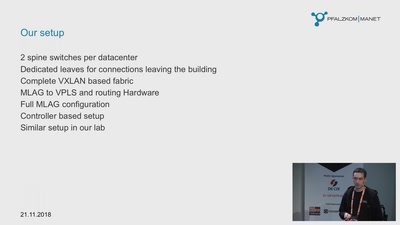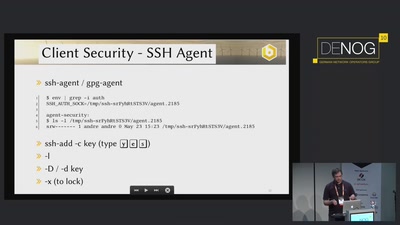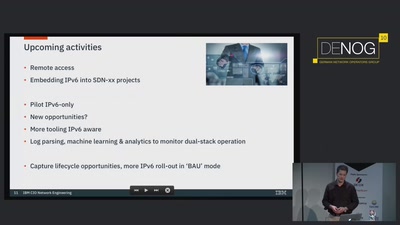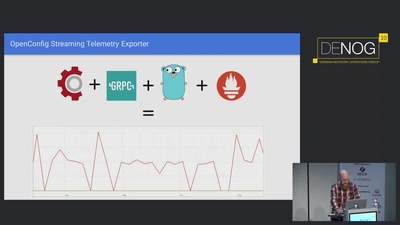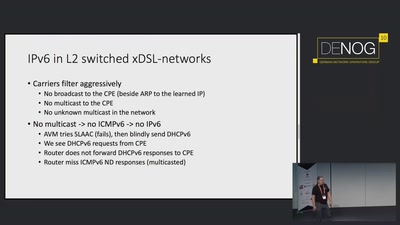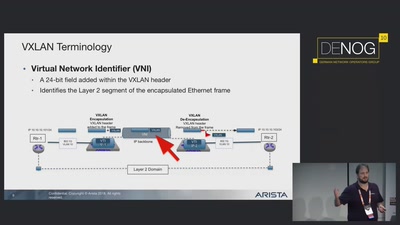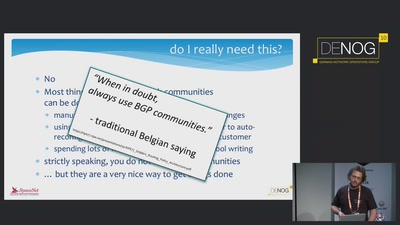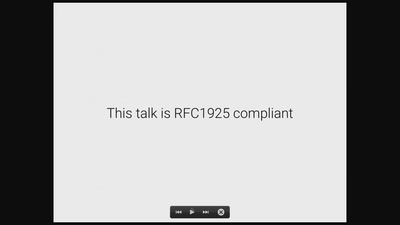In a typical Openstack or KVM deployment scenarios an overlay network is built between hypervisors to provide an L2 domain over an IP-fabric. An overlay network allows (live) migration of VMs and multi-tenancy in infrastructure. Unfortunately, with typical setups, the physical underlay network infrastructure is ignored.
This talk will discuss a solution for these issues by using EVPN on a host.
In a typical Openstack or KVM deployment scenarios an overlay network is built between hypervisors to provide an L2 domain over an IP-fabric. An overlay network allows (live) migration of VMs and multi-tenancy in infrastructure. Unfortunately, with typical setups, the physical underlay network infrastructure is ignored. This deployment scenario has multiple downsides:
- Current overlay implementations in Openstack are not based on standardized protocols. If integration with the underlay network is necessary, the network vendor has to develop support to integrate with the Openstack overlay (e.g OVSDB, OVN, ML2).
- For example, It can cause inefficient traffic routing through a network node, adding additional latency and a point of failure.
With EVPN-VxLAN (RFC8365 with multiple additions), integration with the physical network is much easier given the use of a standardized protocol. Also, the additions of the distributed routing functionality in EVPN allows for the possibility to have a distributed routing setup in Openstack that prevents traffic tromboning.
EVPN VxLAN is implemented in the FreeRangeRouting project. In combination with the Linux VRF implementation. An Openstack hypervisor can become a VxLAN VTEP and have the EVPN functionalities directly available on the host.

